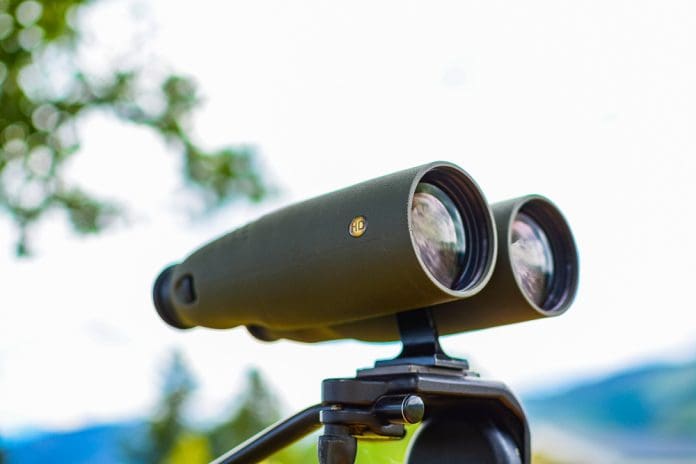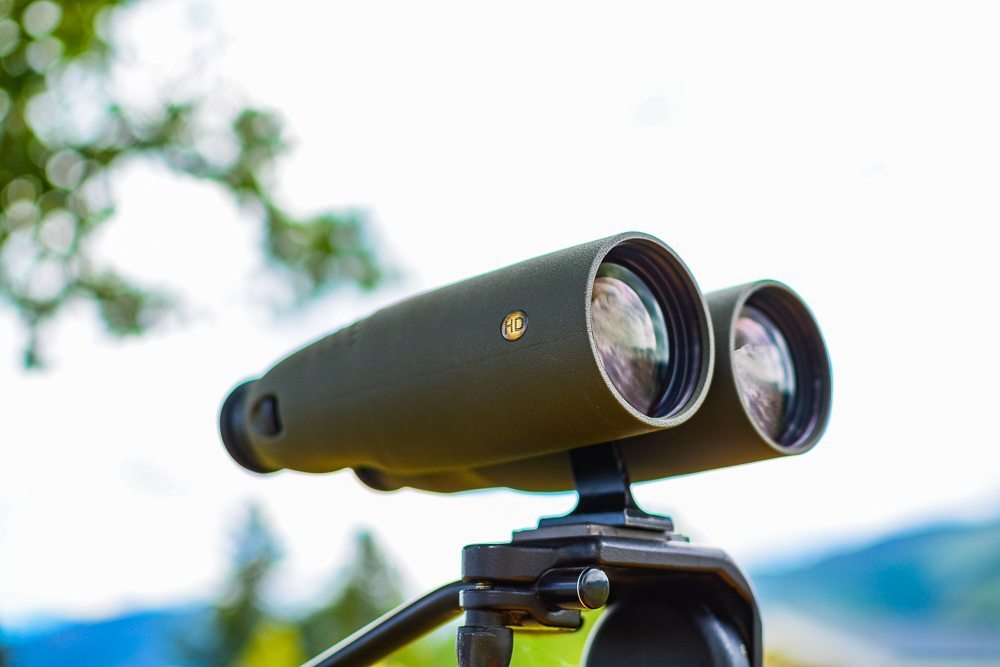
Meopta Meostar 15X56 HD Binocular
by Matt Cashell, Rokslide Staff
Most Rokslide readers know I have been using various optics from Meopta Sport Optics over the last decade. The Meopta Meostar HD 10X42 is my reference standard Western hunting binocular with its top-level optical performance, robust build quality, and moderate price.
Meopta has since expanded the HD series of full-size binoculars. The “fullest sized” of these is the Meostar 15X56 HD model, and the subject of this article. Thanks to Rokslide moderator, Travis Bertrand, I was able to compare the Meostar HD to the hunter’s standard in this category, the Swarovski SLC WB 15X56. The SLC WB is revered by high-magnification binocular users, and provides a good baseline for comparison. The reader should note the WB model is now discontinued, however, and Swarovski has released a newer SLC model incorporating HD glass. A subsequent test is warranted but this current review will serve many hunters well as the WB is still widely used in the field and available for purchase through some outlets like Rokslide sponsor Camera Land Sport Optics.
Construction
The Meostar 15X56 HD build quality is similar to the 10X42 model. This includes high quality plastics and premium rubber armoring. Both Meostar models have the same robust feel that inspires hard field use. The twist-up eyecups are top quality and similar to the Swarovski in feel and function. The focus knob is knurled, high-quality rubber with a stacked diopter adjustment. Diopter adjustment was best accomplished with a distant printed target and tripod mount.
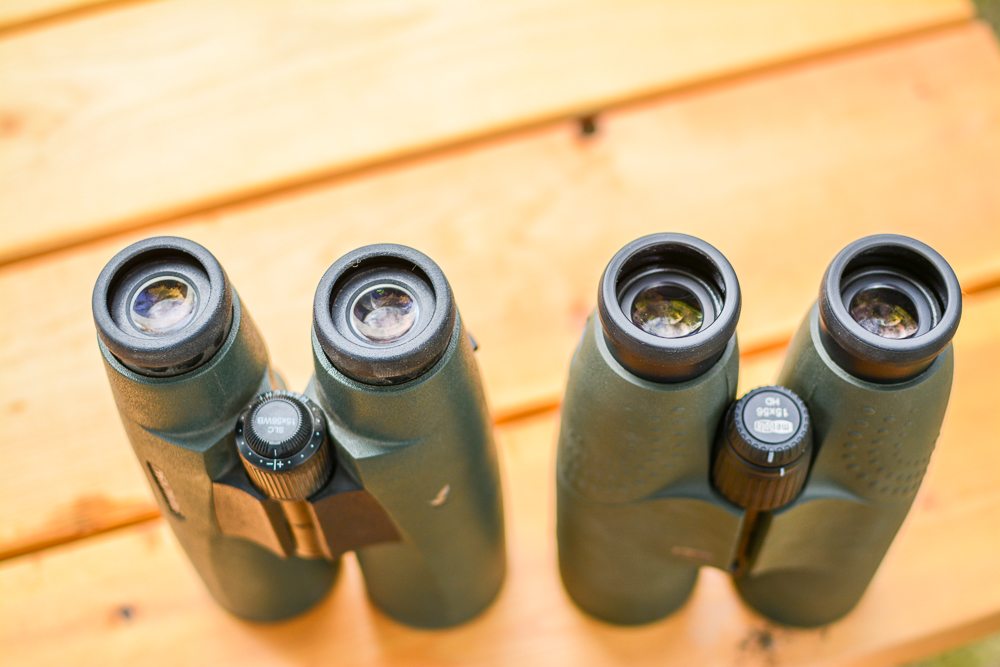
Both 15×56 models had similar build quality including excellent twist-up eyecups
The focus knob had a smooth, resistive feel that I found easy to use with both my bare fingers and gloved hands. The Swarovski had a “looser” less restricted feel in focusing. Like the Swarovski, the bridge of the Meostar was threaded to accept standard 1/4″ adapters. I used it mostly with a Vortex Unidapter and Field Optics Research Rapid-Release adapter. I preferred the Field Optics Research model as it allowed for the large barrels to get close together to accommodate my interpupillary distance. The Meostar had much more eye relief than the relatively shallow eye relief of the SLC. This helped both with seating the cups deep in the eye sockets and using eyeglasses with the cups collapsed. With glasses, care had to be taken make the Swarovski’s shallow eye relief useable.

The Field Optics Research Rapid-Release Adapter allowed for the barrels to get close together for the author’s interpupillary distance
These are large binoculars. Like all 15x, they are not for handheld viewing for long periods of time—they are long, wide, and heavy and need the aid of a tripod to get the most from extra magnification. The Meopta is a little lighter at 43.7 ounces on my scale versus the Swarovski’s 47 ounces. Either way, the hunter needs to be prepared with a method of carrying these beasts into the field and stabilizing them for serious viewing.
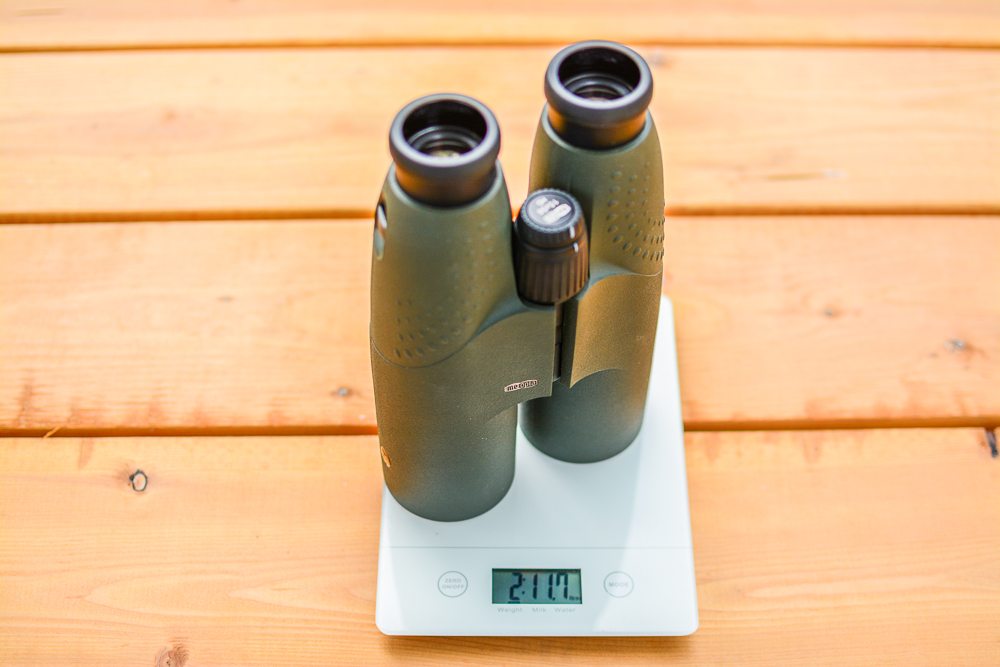
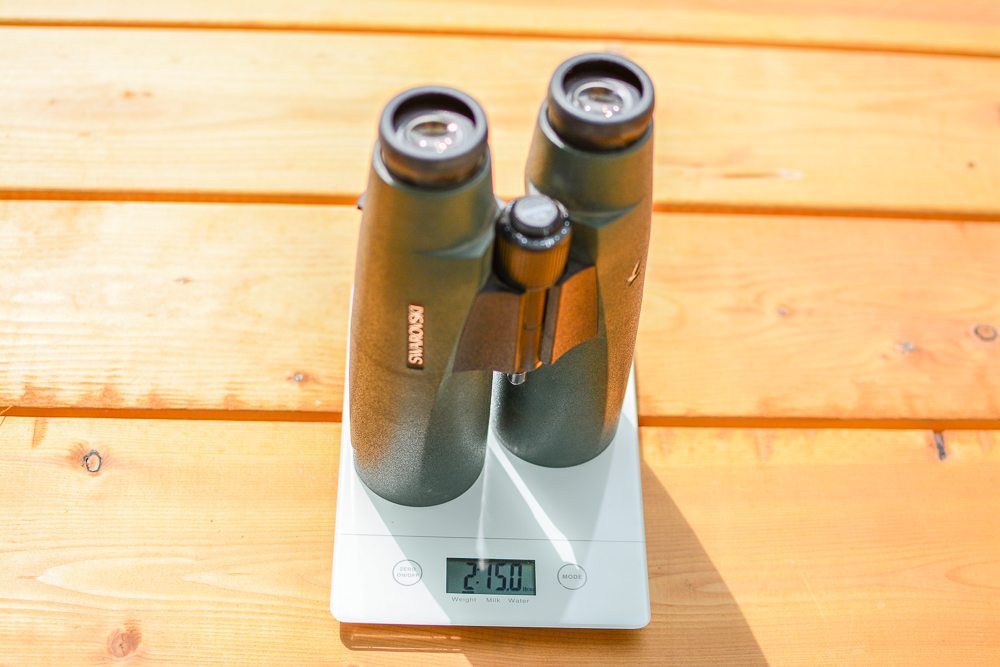
The Meopta saved several ounces over the Swarovski model
Meopta offers an excellent accessory package with the Meostar HD. It includes a high quality wool case, rubber rainguard, and rubber objective covers. The neckstrap is well made, and includes thick padded cells to cushion the neck against the Meostar’s weight.
Optical Performance
The Swarovski 15X56 has long been the standard for high magnification binoculars for serious western hunters. Evaluating the optics of the test model showed why: The Swarovski is sharp, bright, and vibrant in color. It really shows what is capable when taking advantage of glassing with both eyes for extended periods of time. I loved how I didn’t get the “squint-cramps” I often get when glassing for long periods with a spotting scope.
I tested the Meostar side-by-side with the Swarovski in many different situations from the backyard resolution chart, to the deep forests, and above treeline. Overall, they both proved to be capable high magnification binoculars, as you would expect. Both had similar neutral color reproduction. Brightness was similar with both finally loosing usability deep into twilight. The Swarovski had a wider field of view, which also made it seem slightly less magnified. The resolution chart showed I could resolve the same element with both binoculars, although subjectively the Meopta seemed sharper. This apparent sharpness advantage also seemed to translate also to the field, with the Meopta generally showing more “pop” in the details. The reason seemed to be aberration correction.
Aberration Correction
Both binoculars corrected aberrations quite well, especially considering their high magnification. They were sharp from one edge of the field to the other with only a slight amount of field curvature. Pincushion distortion was visible in both, with the Meopta showing a touch more.
The most notable difference in aberrations was in the familiar color fringing of chromatic aberration. In this area the Meopta was noticeably better from the center field to the edge. While viewing the resolution chart, the resolution elements clearly showed fringing with the Swarovski while the Meopta showed near-perfect correction in this area.
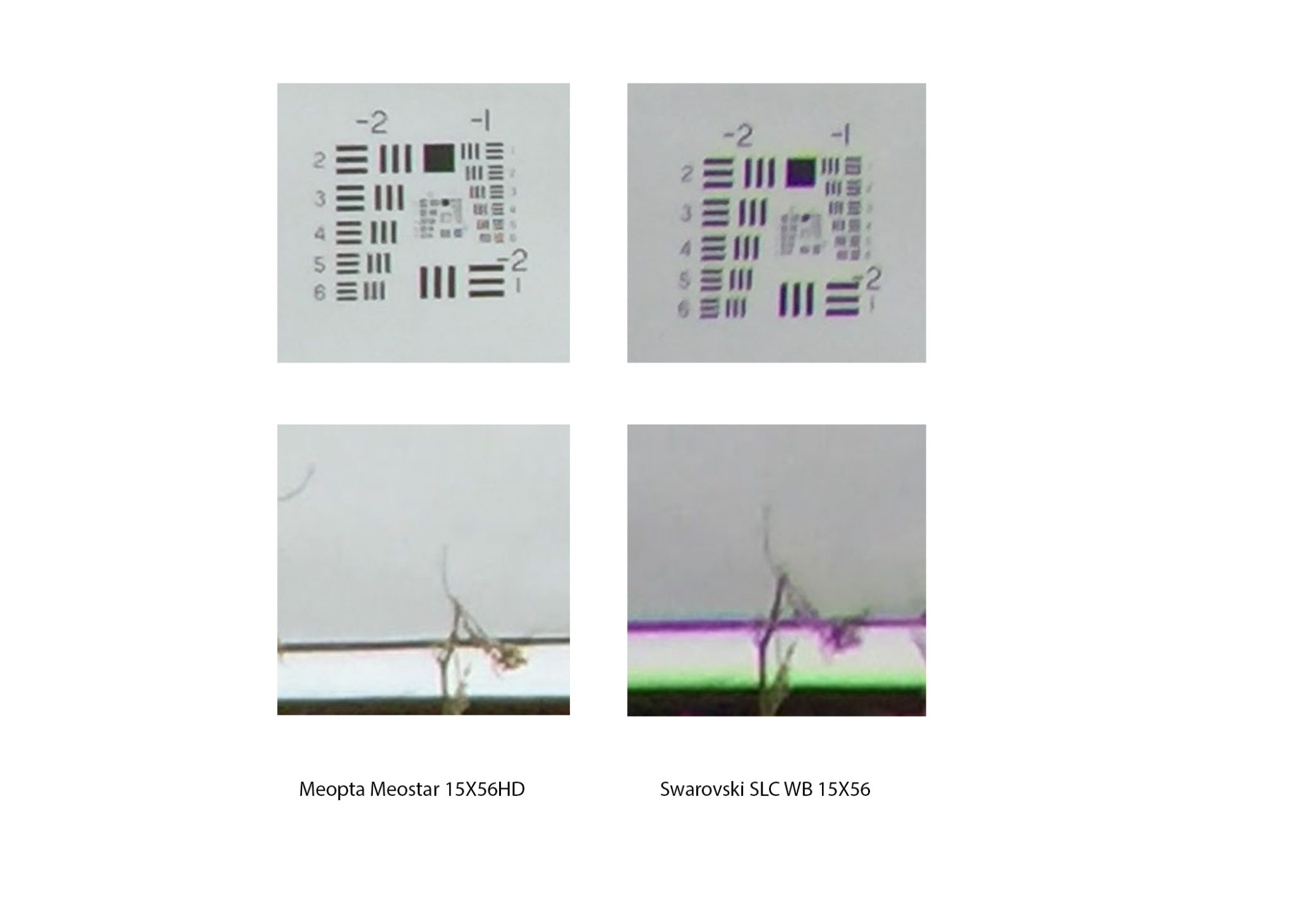
Crops showing chromatic aberration correction from the center field (above) and edge (below)
The Meopta is well-corrected indeed.
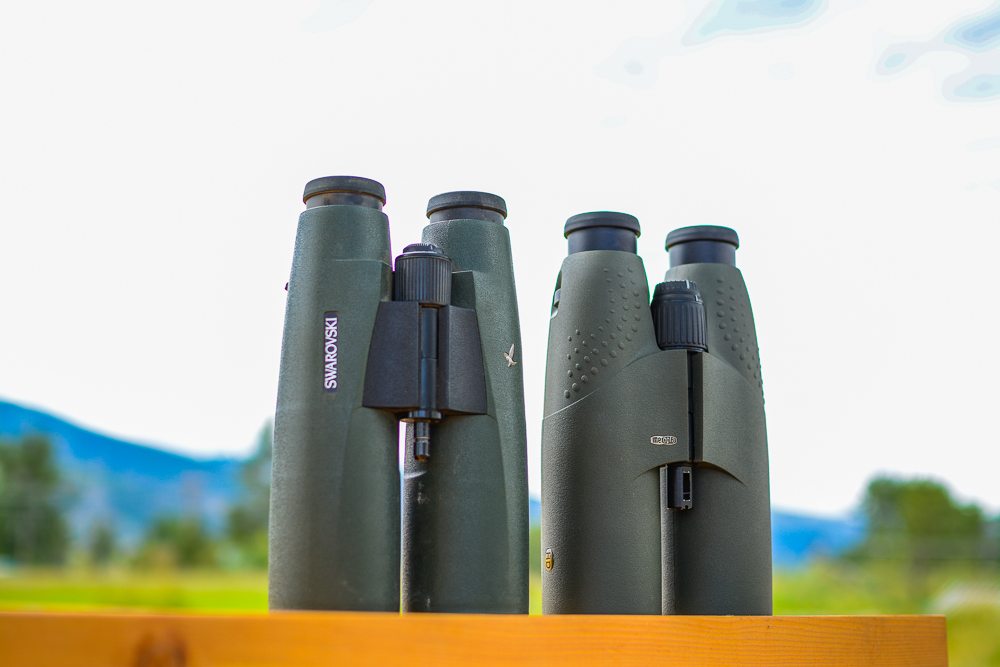
The Swarovski SLC 15X56 and Meopta Meostar 15X56 HD
Conclusion
The Meopta Meostar 15X56 HD binocular is a winner. Retailing under $1600, the Meopta becomes the highest performing 15X56 binocular I have tested. Western hunters especially Coues Deer, Desert Mule Deer, and Pronghorn hunters should have it as a top-of-the-list option when looking for a 15X56 model.
I have not tested the newest Swarovski 15X56 however, which drops weight and adds flourite-HD glass to battle chromatic aberration compared to the older SLC WB model I used for comparison in this article. As usual, hunters benefit from these battles of the titans.
You can ask Matt questions or discuss this article here














